Label: photography
Friday 09th December 2016Is Trump's Time Photograph Subversive Art?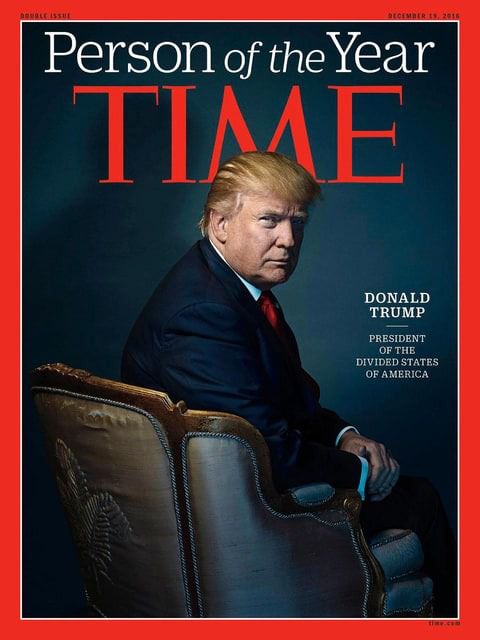
So it looks like the world is going to have to come to terms with the presidency of Donald Trump, of all people. What once seemed like a joke (in fact, the TV show The Simpsons made just such a joke over a decade ago) has become the reality, and while that raises all kinds of postmodern questions about the nature of life imitating art, it's also a grim political reality.
Thanks in large part to his presidency, Trump recently graced the front cover of Time magazine as the Person of the Year. Before this becomes too outrageous, remember that 'Person of the Year' doesn't come with the word 'best' attached, it merely reflects influence - for example, Hitler was also a Man of the Year with a Time magazine cover, as were Stalin and Ayatollah Khomeini.
Time's specific definition of the criterion for choosing their Person of the Year is simply "the person who had the greatest influence, for better or worse, on the events of the year.” Their feelings about Trump may very well be coded into the photograph.
Strangely enough, the fact that the letter M in Time happens to place the two peaks just above Trump's head seems to have been only mentioned in passing, perhaps due to the crudity of the reference or its blatancy, but it does rather look like someone has drawn devil horns over his portrait.
The rest of the analysis is far more indepth, however, even breaking the image down so completely that they read into the fact that there is a slight cracking of the upholstery in one place, which seems a rather ridiculous point to make.
The primary features of the critique involve the colour reproduction, which mimics old Kodachrome film, calling up feelings of antiquity and a return to the past. There's also his odd pose, looking back over his shoulder into the camera with an air of disdain - it's not usually polite to sit with your back to someone. Finally, there's the chair itself, which is a classic Louis XV chair design - and for those of you who aren't history buffs, the reign of Louis XV was hardly a well-managed one.
It's an interesting theory that probably comes a fair bit closer to fact. The photographer, Nadav Kander, has undoubtedly hidden some commentary in his cover piece, so be sure to read the full theory on Forward.
Posted on December 09th 2016 on 02:54pm
0 Comments
Wednesday 14th September 2016Artist Spotlight: Spencer Tunick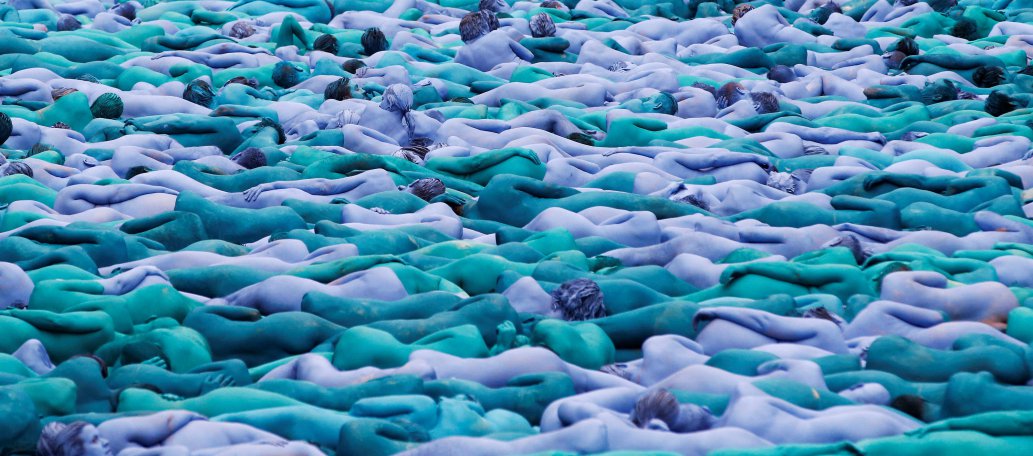 Would you get naked for art? This writer probably wouldn't, but that doesn't mean there aren't a number of people who would. Quite a large number, in fact. So large a number that photographer Spencer Tunick was able to achieve his dream of painting the town blue.
Would you get naked for art? This writer probably wouldn't, but that doesn't mean there aren't a number of people who would. Quite a large number, in fact. So large a number that photographer Spencer Tunick was able to achieve his dream of painting the town blue.
Not literally, though, because it was actually the naked volunteers who were painted blue from head to foot. Over 3200 people showed up to volunteer to be a part of the shoot, which is a rather impressive figure, pun intended (apologies).
The shoot took place in Kingston Upon Hull in England, as part of an art project called "Sea of Hull", which is a celebration of the region's rich maritime culture and history.
“I can’t believe it,” Tunick said in an interview with the Daily Mail. “It was cold, it was chilly, people had to put lotionlike paint all over their bodies — every part.
“It’s beautiful. We are little strokes of paint. Everybody is equal.”
Certainly an admirable sentiment, even if it only lasted as long as the photoshoot.
One wonders if the Guinness Book of World Records has an entry for the largest gathering of naked people in body paint or something similar, because if not, maybe it's time to create a new entry.
The thing is, it's possible that Spencer Tunick might be the all-time champion in the category, since the entirety of his body of work involves large-scale naked photoshoots (again, pun intended). In fact some of his shoots have involved tens of thousands of naked volunteers, although they were absent the bright blue bodypaint.
While it might seem a bit silly at first, it's actually an interesting exploration of privacy in a public world. All of his shoots take place in recognizable public places, where we are traditionally covered up. Even dedicated nudists generally don't seem too interested in being naked in public when others are clothed.
However, his work has been regarded with some suspicion in his native America, where he has been arrested five times in New York City alone since 1992. He's filed civil rights lawsuits to protect himself and his participant volunteers, but has since decided to take his work out of the more puritanical United States and explore work in parts of the world who are less ashamed of the naked human form.
Of course, one could argue that this would diminish the impact of his work, but it's probably better to be out of jail and still creating than in jail for your artistic sensibilities.
Photo credit: Reuters / Andrew Yates
Posted on September 14th 2016 on 09:29pm
0 Comments
Wednesday 17th August 2016The Slow Death of Polaroid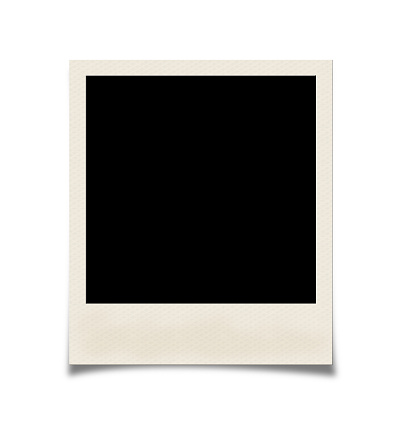
There was a time when the Polaroid was king. It was a household name, although most Millennials will probably never know the name. The company best known for its instantly developing film stock is now relegated to just another digital technology company producing the same types of imaging equipment that can be found from any of a dozen other manufacturers, and the impact of the Polaroid brand has significantly decreased.
The last legacies of Polaroid in the art world are unfortunately winding down as well. During the 1970s a number of massive Polaroid cameras were made to showcase the quality and impact of an ultra-large-format film stock. The cameras and film were revered by artists and photographers, and have been used to photograph everyone from Brad Pitt to U.S. President Barack Obama.
Unfortunately this last glory of Polaroid will soon be coming to an end as well. Chuck Close has worked as both painter and photographer, and uses one of the incredibly large format Polaroid cameras in his work.
“I haven’t given up,” said Close in an interview with the New York Times. “Here’s yet another medium that will be lost to history, and it just shouldn’t be allowed to happen. If it does, I don’t know what I’m going to do, to tell you the truth. It’s so integrated into everything I do. I can always imagine what making a painting from one of those pictures will look like.”
The last manufacturer of the outsized film stock that Close needs to use his eccentrically beautiful camera will be shutting its doors over the course of 2017. John Reuter, the owner of the company, says that the demand simply doesn't exist to continue manufacturing.
"My goal is for people to use the rest of the material we have before all of it is really past its prime. It would be a shame to end that way," says Reuter.
Hopefully the existing images and cameras will be preserved in such a way that they may one day be brought back to life when the economic climate is not quite so harsh, and we once again have the leisure and fortune to appreciate things of esoteric and eccentric beauty.
Posted on August 17th 2016 on 04:31pm
0 Comments
Friday 15th July 2016The Best Free Stock Photo Sites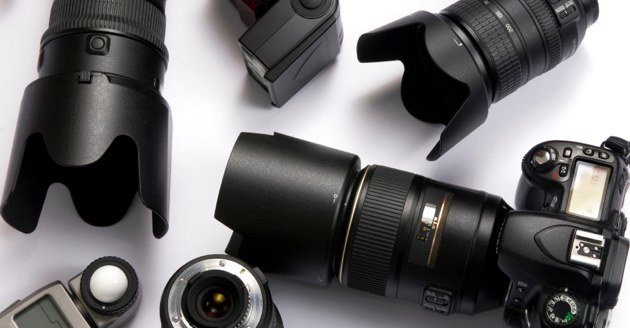
Ah, the stock photo. The very name probably conjures up hilariously bad images of business executives in meetings with clients or some other such nonsense, and rightly so. The classic stock photo is sort of a joke in most design circles by now, and even reached a point where actor Vince Vaughn and his co-stars for the movie Unfinished Business conducted a photo shoot sending up the traditional business settings you find in such photos.
So what are the alternatives? Fortunately as a result of the backlash against these junky stock photos, a number of sites have sprung up with the goal of redefining what 'stock photo' means. We've combed through the web for some of the best stock photo sites. The only thing that's better is that they're all free!
Morguefile is one of the older free stock photo sites, and it has a very eclectic collection that may not always have what you need but it's always worth a look. Despite the seemingly gruesome name, it's actually named after the files kept by oldschool photojournalists of all the images they didn't use previously. Visit it here at
http://www.morguefile.com and see for yourself!
FreeImages, formerly known as the StockxChange, is also an old site with a great collection of images. Just be careful that you don't accidentally choose one of the paid images, as they integrate them into their search results to gain affiliate commissions. See the options here at
http://www.freeimages.com
Those are great choices if you're looking for something that is a bit more traditional, but if you want to take things to the next level there are a number of other free sites available.
One of our personal favourites is Death to the Stock Photo, partly because of the great name and partly because they have some amazing images that are all free to use. Visit it here at
http://www.deathtothestockphoto.com. If you sign up for their newsletter, they'll mail you regularly with new images, and they have a paid option as well if you don't have time to wait.
Another great option is Unsplash, which has a large collection of images and is actually entirely free. It's a bit harder to find exactly what you want, because all tagging is done by the photographers who upload their own images, but you can find some incredible gems in there as well. Check it out at
http://www.unsplash.com/
Last but not least, there is the excellent PicJumbo. This site walks the fine line between high-concept stuff like Unsplash and the more traditional stock photo sites, but there are some amazing images available for free (and some available for purchase if needed). Check it out at
http://www.picjumbo.com/ - just don't use an Adblocker!
Posted on July 15th 2016 on 08:19pm
0 Comments
Monday 30th May 2016Post-Production Tutorials.jpg)
As a digital photographer, it can be almost intimidating to see the vast array of options for processing your images after you finish shooting. Photoshop has an overwhelming array of (tools which is why it has the reputation of being so powerful) but that power can be a double-edged sword, especially when you're just starting out. Lightroom is designed to be more carefully geared towards photographers, but even it has developed in a complex and powerful tool in its own right. With all that in mind, we've put together a selection of some of the best post-production tutorials to help you add the perfect finishing touches to your photographic masterpieces.
Contrast Adjustments
Getting just the right contrast can be difficult, but when done properly the tonal range of your image will be expanded and perfectly balanced, creating a pleasingly professional looking image. You may need to do additional touch-ups with masked layers, but that's a more advanced tutorial.
Check it out here:
Colour Balance
Adjusting your colour balance can be key to achieving the exact effect you were looking for when you originally saw the shot. It opens up a huge array of possibilities for artistic license, when a directly photojournalistic image isn't your goal. This one even has a handy video!
Check it out here.
Cloning and Touchups
There's nothing more frustrating than taking a great shot, only to discover later when you're in post that there is some slight flaw that ruins the image. Rather than tear your hair out or wait forever to get that perfect shot again, a little bit of Photoshop magic can help smooth the way towards a better photo.
Check it out here.
High Dynamic Range
High dynamic range photographs are incredibly beautiful, but sometimes difficult to do well. They allow images that contain a high degree of detail in both the light and dark areas of an image, preventing the washed out highlights and overdarkened shadows that are inevitable with standard dynamic range photos.
Check out how to do it here.
Of course, if you have other software such as Photomatix, it can be even simpler, but these programs are only available for purchase.
While these tutorials won't instantly make you a Photoshop master, they're definitely going to help you along you way and help you start creating better images at once!
Posted on May 30th 2016 on 05:47pm
0 Comments
Friday 22nd April 2016Artist Spotlight: Alex Timmermans
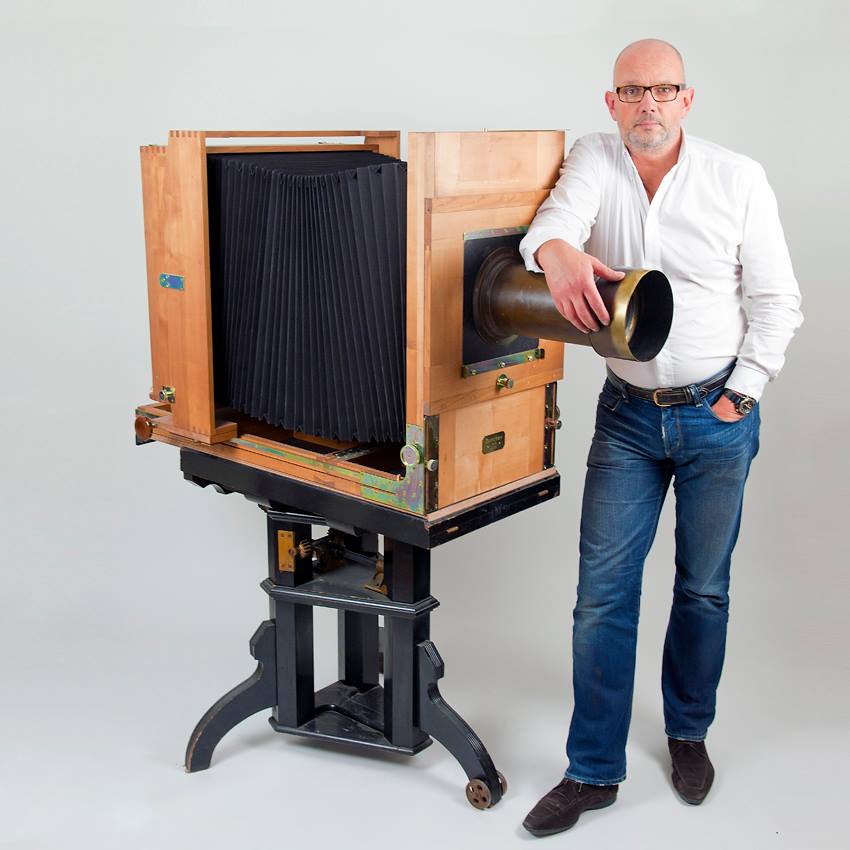
April seems to have been a fairly surreal month in general, whether due to the completely schizophrenic weather patterns or just the way April Fool's kicked things off this year. With that spirit in mind, this week on Artist Spotlight we're going to look at some equally surreal photography by Alex Timmermans.
Timmermans is an interesting person both in terms of his work and his process, which isn't like that of other photographers. Instead of taking advantage of the advances in digital photography and post production that generally make a photographer's life easier, he's decided to go the other direction. He chooses to work with some of the most antiquated and recondite photographic processes, and produces some hauntingly surreal pieces with it.
He uses a process first developed by Frederick Scott Archer known as collodion wet plate photography, and it's incredibly time consuming and difficult to manage. It's an interesting departure from the photographic process that many of us have become familiar with. When shooting digitally, it's typically easier to shoot a thousand frames and pick through them to find the best one instead of taking the time to get it right on the first try.
As he explains on his website:
"I always have been fascinated by photography.
But with the introduction of the digital camera it all became too easy, too predictable …to me.
So I forced myself to go back to the roots of real analog photography.
Not just by making the photograph itself, but by controlling the entire photographic process.
This brought me back to the middle of the 19th century, to the amazing Collodion wet plate process.
And every single day I feel challenged to refine and improve myself."
The results of his efforts are haunting, enchanting and surreal, and worth a look. While you might be interested in his full body of work, the pieces that truly captured our attention were the 'Story Telling' series that are located on his website, which can be found at
www.alextimmermans.com . His portraiture is also quite appealing, although the inherent difficulties in the photographic processes he use don't always lend themselves to the same degree of success as they do on the Story Telling side. Regardless, be sure to take a look!
Posted on April 22nd 2016 on 04:10pm
0 Comments
Friday 19th February 2016World Press Photo Winners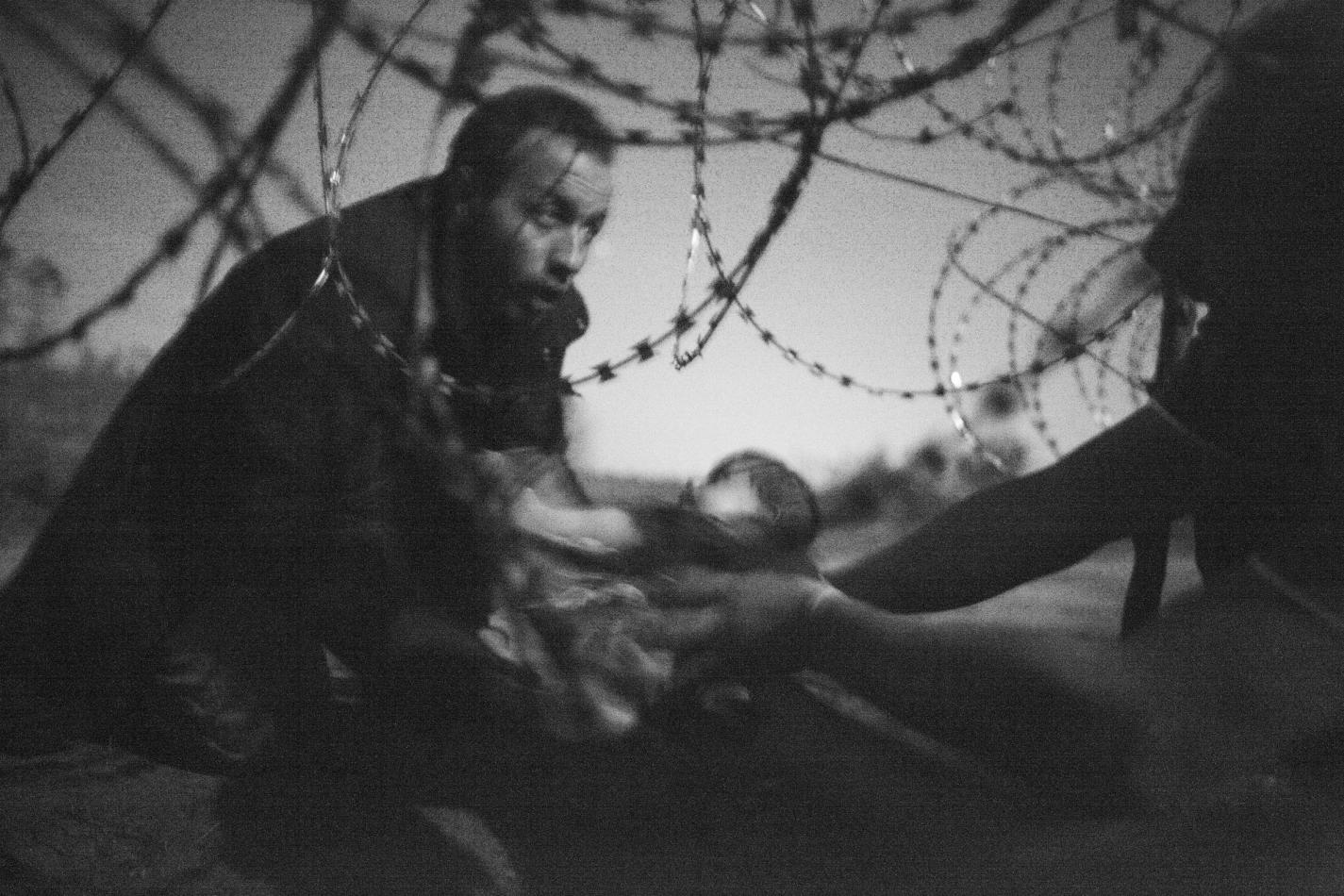
Another February is upon us, and aside from a dreary lack of sunlight and terrible weather, that also means that another edition of the annual World Press Photo Contest is upon us. In case you haven't heard of it before, the WPPC is an annual juried competition for photographers that has been running since the mid 1950s, highlighting the best photography that the world has to offer. As the name implies, it's largely focused on photojournalism, but when you consider the fact that every photography has its own story, the line between art and journalism begins to blur in a most enjoyable way.
This year's winner of the World Press Photo of the Year is Warren Richardson, for his eerily haunting photograph of refugees crossing under razorwire fence at the Hungary-Serbia border near Roszke, Hungary. The refugees were struggling to cross the border before the more complete and secure border fence construction was completed, making it a frantic struggle for hope and freedom. Regardless of how you feel about the refugee crisis facing Europe, the image is incredibly powerful.
Richardson, who is based in Budapest, Hungary, explains how he managed to capture the winning image, and why it isn't as crisply in focus as one might normally expect from a winner of such a prestigious competition.
"I camped with the refugees for five days on the border. A group of about 200 people arrived, and they moved under the trees along the fence line. They sent women and children, then fathers and elderly men first. I must have been with this crew for about five hours and we played cat and mouse with the police the whole night. I was exhausted by the time I took the picture. It was around three o’clock in the morning and you can’t use a flash while the police are trying to find these people, because I would just give them away. So I had to use the moonlight alone."
The unnamed photo also won first prize in the Spot News category it was originally entered in, earning Richardson a 10,000 euro prize as well as a new top of the line Canon DSLR camera.
The jury who selected the winners was comprised of a number of notable figures from the world of press photography, including Francis Kohn of Agence France-Presse, who chaired the jury, as well as Huang Wen, director of new media development at Xinhua News Agency, Vaughn Wallace, deputy photo editor at Al Jazeera America, as well as several others.
Posted on February 19th 2016 on 02:42pm
0 Comments
Wednesday 03rd February 2016Can Dubai Function as a New Arts Hub?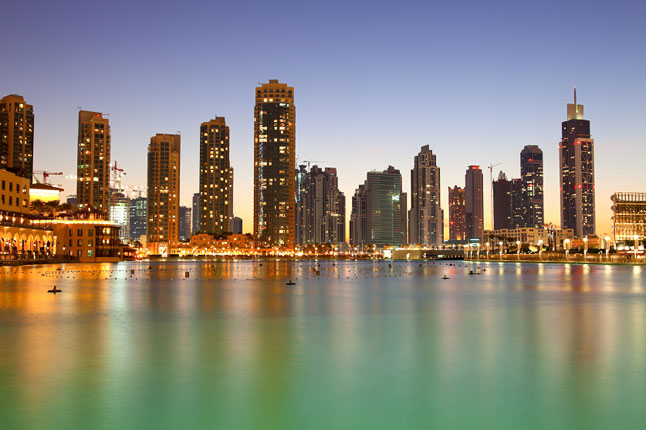
Globalization means a lot of things to a lot of people, and affects almost every sphere of human activity - dare we say it - across the globe. While most people associate it with geopolitics and economic matters, the resulting effects are felt in a number of unexpected ways. Unexpected to some, at least.
As we've seen in our past posts about of the changing nature of art auctions, the number of buyers from countries in the Middle East and Asia are rapidly expanding as the number of millionaires and billionaires with money to spend increase. This leads to yet another chain of surprising events, as we see traditionally repressive regimes come to grips with the results of new cultural influences thanks to the rapid flow of information that comes from a globalized economy.
Dubai, one of the richest cities in the world and certainly the richest in its home country, the United Arab Emirates (UAE), has recently decided that it would like to become a more prominent figure in the global arts community. One of the more publicised ways it hopes to achieve this is through global arts exhibits, including the Dubai Photo Exhibition, a major event that will be launching in March. Featuring photography by artists from 23 countries around the world,
“For the inaugural edition in 2016, Dubai Photo Exhibition will present a showcase of museum quality international works, which will be held in the Dubai Design District (d3), and supported by the World Photography Organisation,” the organisers explained in a press release.
This in turn leads back to one of the most important questions about art: what is its purpose? If the purpose of art is to challenge perception, push social dialog and help us reflect on the nature of human existence, it seems a bit tough to reconcile with the extremely strict social policies that the government enforces. Something as simple as kissing in public is illegal and can result in deportation, and other strict laws cover what is regarded as public indecency.
Many detractors of photography as an art form have claimed that it's merely photojournalism at best, and not really art in the strictest sense. If one were to accept that premise, does it explain the choice of a worldwide photography exhibition as the culturally 'safest' option for a repressive regime to accept? Or more hopefully, is this a clever move intended to increase the flow of ideas and help shift cultural norms?
Would a photo of a kissing couple be enough to get the artist kicked out of the country and banned from future events? Time will tell, as the exhibit opens in mid-March and we see what pieces they have decided to include. Simple and safe, or risque and refreshing?
Posted on February 03rd 2016 on 04:31am
0 Comments
Friday 15th January 2016The Renwick Takes Instagram
When you think about a gallery, you probably don't immediately think about taking photographs. Many of us have grown up in a world where photography was generally prohibited in galleries museums, largely because of the nature of flash photography and the need to protect the works from the damaging impacts of hundreds of thousands of strobe flashes every year. This has shifted of late thanks to the rise of the cellphone camera and their excellent low-light abilities, removing the need for a flash to capture the scene.
The clever curators at the Renwick Gallery, which has just recently re-opened after an extended absence, decided to take advantage of this by filling the gallery with signs that say 'Photography Encouraged'. This has led to a surprising prevalence of smartphones throughout the gallery, and by extension the digital world is now filled with photos of the latest exhibits. Over 20,000 images have been uploaded to Instagram with the hashtag #RenwickGallery, which perhaps is no surprise considering the impressive number of visitors the museum has had in the first six weeks since it reopened. Over 176,000 people have passed through the doors in those weeks, which is truly incredible considering the average visitor count for the entire year was only 150,000 before it closed down.
Not everyone is thrilled by the idea of photographing gallery pieces, however. Many people are bandying about a 2013 study that claims that those who photograph art don't connect as deeply with it, conducted by Linda Henkel of Fairfield University. “You’re not looking at this giant, rich, textured, nuanced thing. You’re already reducing it by looking at it on the screen. The photo is a trophy. Their experience is not a very rich experience then.”
But this seems more like an indictment of the modern method of interacting with content, a reflection of a world where there is literally so much to be considered, it should be no surprise that what impacts one person won't impact another in the same way.
Nicholas Bell, curator-in-charge of the Renwick, says, “I think that for different visitors, they’ll find their own ways to engage most intimately with the exhibition. For some people, that will be to not take photographs, and for some people, that will be to take photographs. I don’t think that we should judge.”
“It’s like this new first-person narrative of the museum experience. I’m fascinated.” You're not the only one, Nicholas, so cheers for being open to the evolving nature of narratives in a technological world.
Posted on January 15th 2016 on 08:10pm
0 Comments
Friday 02nd October 2015Artist Spotlight: Scott Kelly
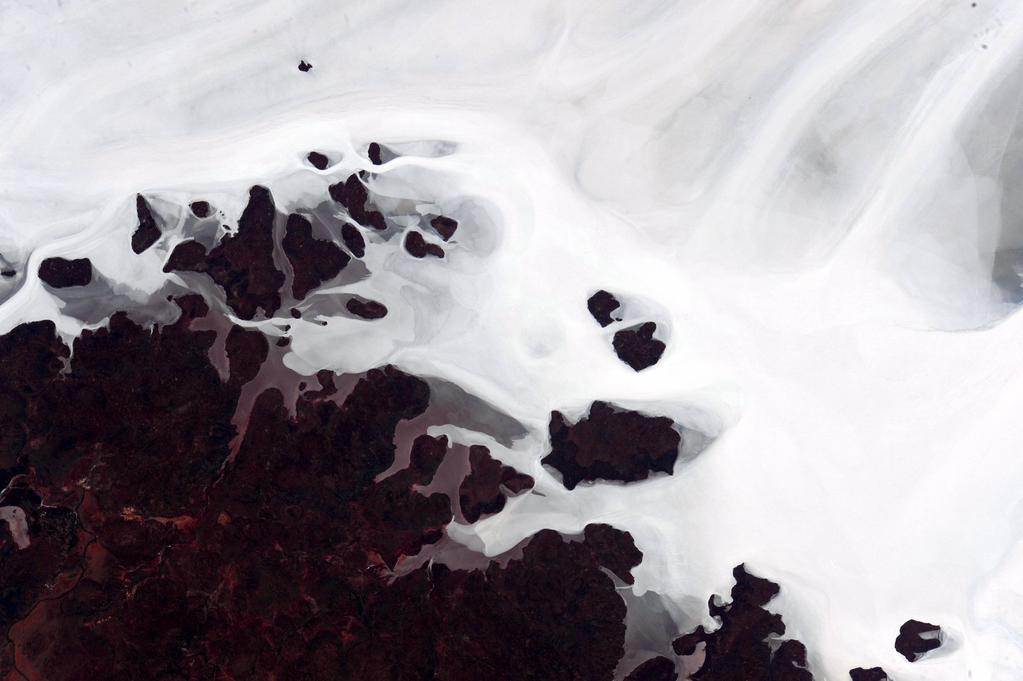
Typically in our Artist Spotlight series, we do exactly what it says on the tin: examine the careers, works, and lives of prominent or emerging artists from around the world. In today's edition of the Artist Spotlight, however, we're going to look at an artist who is literally out of this world (for now, at least): Scott Kelly, an astronaut currently residing on the International Space Station. While some may argue that he may not be an artist in the traditional sense, it's hard to look at his stunning photographs of the Earth's surface without seeing echoes of modern abstract art.
Having resided on the International Space Station for the last several months, Kelly has been populating his Twitter feed with photographs of the Earth since he first docked and went aboard. The photographs are truly incredible, all the more beautiful for the fact that the medium he's photographing is the topography of the entire planet.
The latest series of abstracts he's been posting are from his passage over the continent of Australia, which is already somewhat famous for its impressive topography. Some of the oldest rocks on the surface of the planet can be found here, and perhaps that's partly to credit for the impressive quality of the abstracts Kelly captures.
He photographs from the observation cupola of the International Space Station (ISS), a multi-windowed bubble on the Earth side of the station. Ostensibly, Kelly's mission is to spend an entire year in space, to help NASA and the other space agencies involved in the product understand the effects of long-term space habitation on the human body. If his photographs are anything to go by, it's clear that extended time in space doesn't prevent or limit human creativity in the slightest, which will no doubt be excellent news for the cultural development of any future interplanetary colonies.
To keep up with Kelly's photographs during his entire year aboard the ISS, be sure to follow his Twitter account, which can be found here:
https://twitter.com/StationCDRKelly. Kelly has been tagging all his photos with the hashtag #EarthArt, which was first used during a Google Earth project that scanned the globe for interesting and appealing topographical features. Stay tuned for more photographs as he passes over other continents during the rest of his #yearinspace mission, and get a truly unique view of the world we all know and love.
Posted on October 02nd 2015 on 06:00pm
0 Comments
 So it looks like the world is going to have to come to terms with the presidency of Donald Trump, of all people. What once seemed like a joke (in fact, the TV show The Simpsons made just such a joke over a decade ago) has become the reality, and while that raises all kinds of postmodern questions about the nature of life imitating art, it's also a grim political reality.
So it looks like the world is going to have to come to terms with the presidency of Donald Trump, of all people. What once seemed like a joke (in fact, the TV show The Simpsons made just such a joke over a decade ago) has become the reality, and while that raises all kinds of postmodern questions about the nature of life imitating art, it's also a grim political reality. Would you get naked for art? This writer probably wouldn't, but that doesn't mean there aren't a number of people who would. Quite a large number, in fact. So large a number that photographer Spencer Tunick was able to achieve his dream of painting the town blue.
Would you get naked for art? This writer probably wouldn't, but that doesn't mean there aren't a number of people who would. Quite a large number, in fact. So large a number that photographer Spencer Tunick was able to achieve his dream of painting the town blue.
 There was a time when the Polaroid was king. It was a household name, although most Millennials will probably never know the name. The company best known for its instantly developing film stock is now relegated to just another digital technology company producing the same types of imaging equipment that can be found from any of a dozen other manufacturers, and the impact of the Polaroid brand has significantly decreased.
There was a time when the Polaroid was king. It was a household name, although most Millennials will probably never know the name. The company best known for its instantly developing film stock is now relegated to just another digital technology company producing the same types of imaging equipment that can be found from any of a dozen other manufacturers, and the impact of the Polaroid brand has significantly decreased. Ah, the stock photo. The very name probably conjures up hilariously bad images of business executives in meetings with clients or some other such nonsense, and rightly so. The classic stock photo is sort of a joke in most design circles by now, and even reached a point where actor Vince Vaughn and his co-stars for the movie Unfinished Business conducted a photo shoot sending up the traditional business settings you find in such photos.
Ah, the stock photo. The very name probably conjures up hilariously bad images of business executives in meetings with clients or some other such nonsense, and rightly so. The classic stock photo is sort of a joke in most design circles by now, and even reached a point where actor Vince Vaughn and his co-stars for the movie Unfinished Business conducted a photo shoot sending up the traditional business settings you find in such photos..jpg) As a digital photographer, it can be almost intimidating to see the vast array of options for processing your images after you finish shooting. Photoshop has an overwhelming array of (tools which is why it has the reputation of being so powerful) but that power can be a double-edged sword, especially when you're just starting out. Lightroom is designed to be more carefully geared towards photographers, but even it has developed in a complex and powerful tool in its own right. With all that in mind, we've put together a selection of some of the best post-production tutorials to help you add the perfect finishing touches to your photographic masterpieces.
As a digital photographer, it can be almost intimidating to see the vast array of options for processing your images after you finish shooting. Photoshop has an overwhelming array of (tools which is why it has the reputation of being so powerful) but that power can be a double-edged sword, especially when you're just starting out. Lightroom is designed to be more carefully geared towards photographers, but even it has developed in a complex and powerful tool in its own right. With all that in mind, we've put together a selection of some of the best post-production tutorials to help you add the perfect finishing touches to your photographic masterpieces. April seems to have been a fairly surreal month in general, whether due to the completely schizophrenic weather patterns or just the way April Fool's kicked things off this year. With that spirit in mind, this week on Artist Spotlight we're going to look at some equally surreal photography by Alex Timmermans.
April seems to have been a fairly surreal month in general, whether due to the completely schizophrenic weather patterns or just the way April Fool's kicked things off this year. With that spirit in mind, this week on Artist Spotlight we're going to look at some equally surreal photography by Alex Timmermans. Another February is upon us, and aside from a dreary lack of sunlight and terrible weather, that also means that another edition of the annual World Press Photo Contest is upon us. In case you haven't heard of it before, the WPPC is an annual juried competition for photographers that has been running since the mid 1950s, highlighting the best photography that the world has to offer. As the name implies, it's largely focused on photojournalism, but when you consider the fact that every photography has its own story, the line between art and journalism begins to blur in a most enjoyable way.
Another February is upon us, and aside from a dreary lack of sunlight and terrible weather, that also means that another edition of the annual World Press Photo Contest is upon us. In case you haven't heard of it before, the WPPC is an annual juried competition for photographers that has been running since the mid 1950s, highlighting the best photography that the world has to offer. As the name implies, it's largely focused on photojournalism, but when you consider the fact that every photography has its own story, the line between art and journalism begins to blur in a most enjoyable way. Globalization means a lot of things to a lot of people, and affects almost every sphere of human activity - dare we say it - across the globe. While most people associate it with geopolitics and economic matters, the resulting effects are felt in a number of unexpected ways. Unexpected to some, at least.
Globalization means a lot of things to a lot of people, and affects almost every sphere of human activity - dare we say it - across the globe. While most people associate it with geopolitics and economic matters, the resulting effects are felt in a number of unexpected ways. Unexpected to some, at least. When you think about a gallery, you probably don't immediately think about taking photographs. Many of us have grown up in a world where photography was generally prohibited in galleries museums, largely because of the nature of flash photography and the need to protect the works from the damaging impacts of hundreds of thousands of strobe flashes every year. This has shifted of late thanks to the rise of the cellphone camera and their excellent low-light abilities, removing the need for a flash to capture the scene.
When you think about a gallery, you probably don't immediately think about taking photographs. Many of us have grown up in a world where photography was generally prohibited in galleries museums, largely because of the nature of flash photography and the need to protect the works from the damaging impacts of hundreds of thousands of strobe flashes every year. This has shifted of late thanks to the rise of the cellphone camera and their excellent low-light abilities, removing the need for a flash to capture the scene. Typically in our Artist Spotlight series, we do exactly what it says on the tin: examine the careers, works, and lives of prominent or emerging artists from around the world. In today's edition of the Artist Spotlight, however, we're going to look at an artist who is literally out of this world (for now, at least): Scott Kelly, an astronaut currently residing on the International Space Station. While some may argue that he may not be an artist in the traditional sense, it's hard to look at his stunning photographs of the Earth's surface without seeing echoes of modern abstract art.
Typically in our Artist Spotlight series, we do exactly what it says on the tin: examine the careers, works, and lives of prominent or emerging artists from around the world. In today's edition of the Artist Spotlight, however, we're going to look at an artist who is literally out of this world (for now, at least): Scott Kelly, an astronaut currently residing on the International Space Station. While some may argue that he may not be an artist in the traditional sense, it's hard to look at his stunning photographs of the Earth's surface without seeing echoes of modern abstract art.



